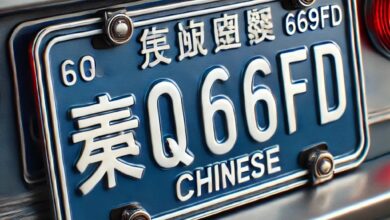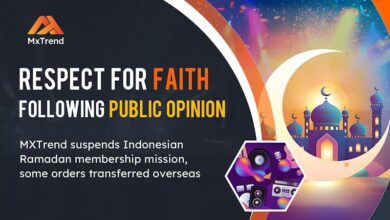UV DTF vs. Traditional Signage Printing: What’s Best for Your Business?

Choosing the right signage printing method for your business is crucial. With the advancements in printing technology, two popular options have emerged: UV DTF (Direct to Film) and traditional signage printing. Both methods have their own advantages and can serve different business needs.
In this article, we’ll compare UV DTF and traditional signage printing to help you decide which is best for your business. To explore more printers please visit: https://www.dtflinko.com/
What is UV DTF Printing?
UV DTF printing is a modern technique that involves printing a design directly onto a film, which is then transferred to the final substrate using UV light. This method is known for its high-quality output and versatility. The process involves printing the design on a special film, applying adhesive powder, and then curing the design with UV light before transferring it onto the desired surface.
Advantages of UV DTF Printing
High-Quality Prints
One of the biggest advantages of UV DTF printers is the high-quality output. The prints are sharp, vibrant, and durable. This makes it an excellent choice for businesses that need detailed and visually appealing signage.
Versatility
UV DTF printing can be used on a variety of materials, including plastic, glass, metal, and more. This versatility makes it suitable for different types of signage, from indoor displays to outdoor advertisements.
Durability
The UV curing process makes the prints resistant to scratching, fading, and weather conditions. This means your signage will last longer, even in harsh environments.
Quick Turnaround
UV DTF printing has a faster turnaround time compared to traditional methods. The curing process is quick, and there’s no need for additional drying time. This is ideal for businesses that need signage quickly.

What is Traditional Signage Printing?
Traditional signage printing involves various methods such as screen printing, vinyl cutting, and solvent printing. These methods have been around for many years and are well-established in the industry. Each method has its own set of processes and equipment requirements.
Advantages of Traditional Signage Printing
Cost-Effective for Large Quantities
Traditional printing methods can be more cost-effective for large quantities. Screen printing, for example, allows for the production of many copies at a lower cost per unit. This makes it suitable for large-scale projects.
Established Techniques
Traditional printing methods are well-understood and have been perfected over time. This means there is a wealth of knowledge and experience available, making it easier to find skilled professionals and reliable services.
Wide Range of Materials
Traditional signage printing can also be used on a wide range of materials. However, the specific method used might limit the types of materials. For instance, screen printing works well on textiles and certain types of plastic.
Customization
Traditional methods offer a high level of customization. Techniques like vinyl cutting allow for unique shapes and sizes, which can be ideal for custom signage projects.
Comparing UV DTF and Traditional Signage Printing
Quality and Detail
When it comes to print quality and detail, UV DTF printing has the edge. The ability to produce high-resolution prints with vibrant colors makes it a preferred choice for detailed and high-impact signage. DTFLINKO provides the cheapest UV DTF printer. Traditional methods, while reliable, may not achieve the same level of detail and color accuracy.
Durability
UV DTF prints are highly durable due to the UV curing process, making them resistant to environmental factors like sunlight, rain, and scratches. Traditional methods vary in durability depending on the materials and inks used, but generally, UV DTF offers better long-term performance.
Cost
Cost is a significant factor for many businesses. Traditional printing methods can be more cost-effective for large orders due to economies of scale. UV DTF printing might have a higher initial cost but can be more economical for smaller batches or highly detailed work that requires fewer copies.
Turnaround Time
UV DTF printing typically has a faster turnaround time since the prints are cured instantly with UV light. Traditional methods might require longer drying times or additional steps, which can extend the production timeline.
Versatility
Both UV DTF and traditional printing methods are versatile, but UV DTF has a slight advantage due to its ability to print on a wider range of materials without compromising quality. This can be particularly useful for businesses that require diverse signage options.
Also Read: Unlocking the Mysteries of Journal Entries
Conclusion
Choosing between UV DTF and traditional signage printing depends on your specific needs and priorities. If you require high-quality, durable, and versatile signage with a quick turnaround time, UV DTF printers might be the best option for your business. On the other hand, if you are looking for a cost-effective solution for large quantities and value established techniques, traditional signage printing could be more suitable.
Assess your business needs, consider the factors discussed, and make an informed decision. Both methods have their strengths and can effectively serve different aspects of your signage requirements. By understanding the differences and benefits, you can choose the best printing method to enhance your business’s visibility and impact.



